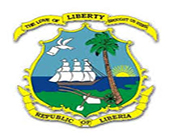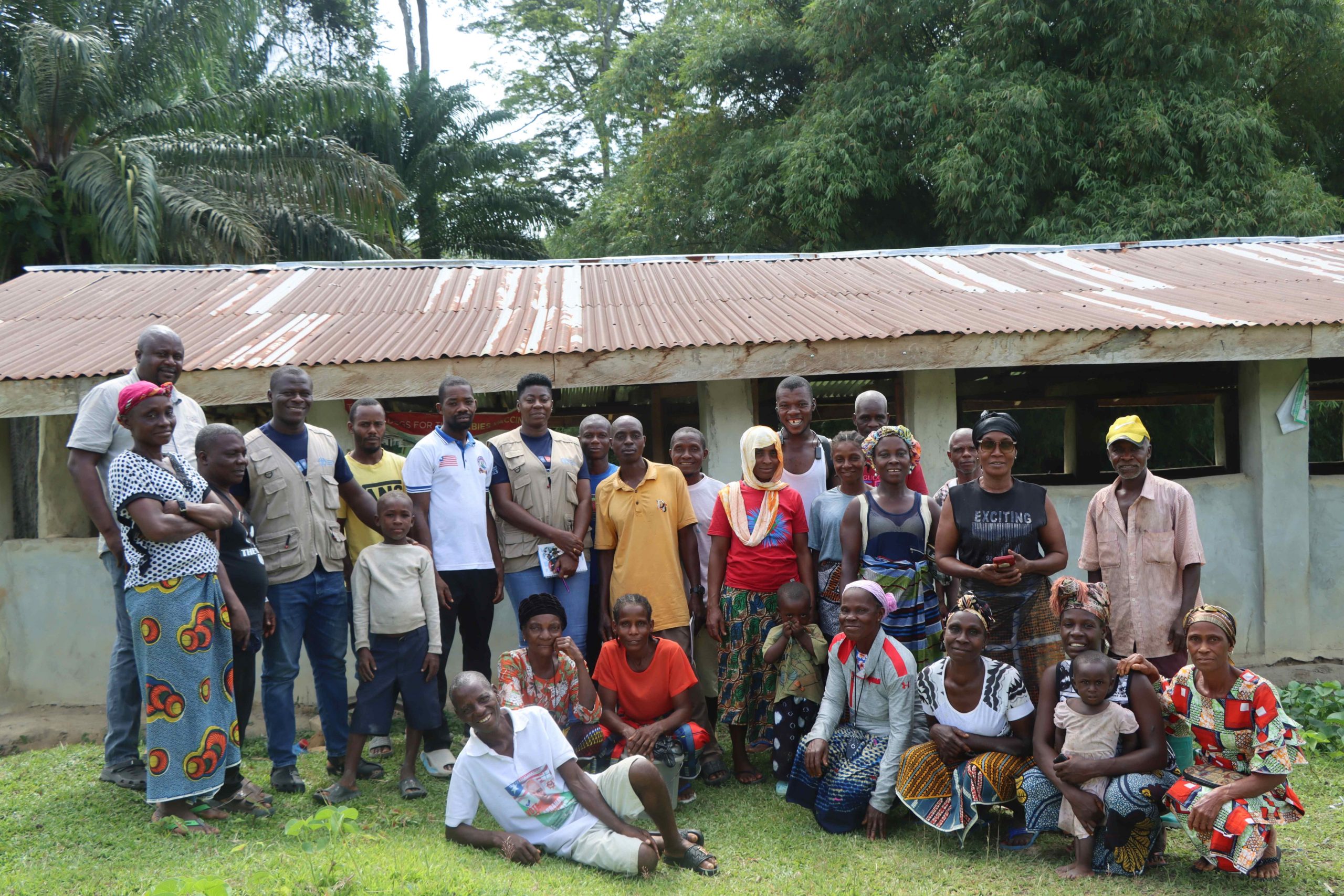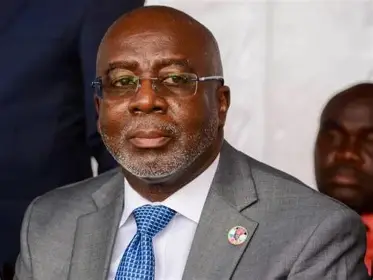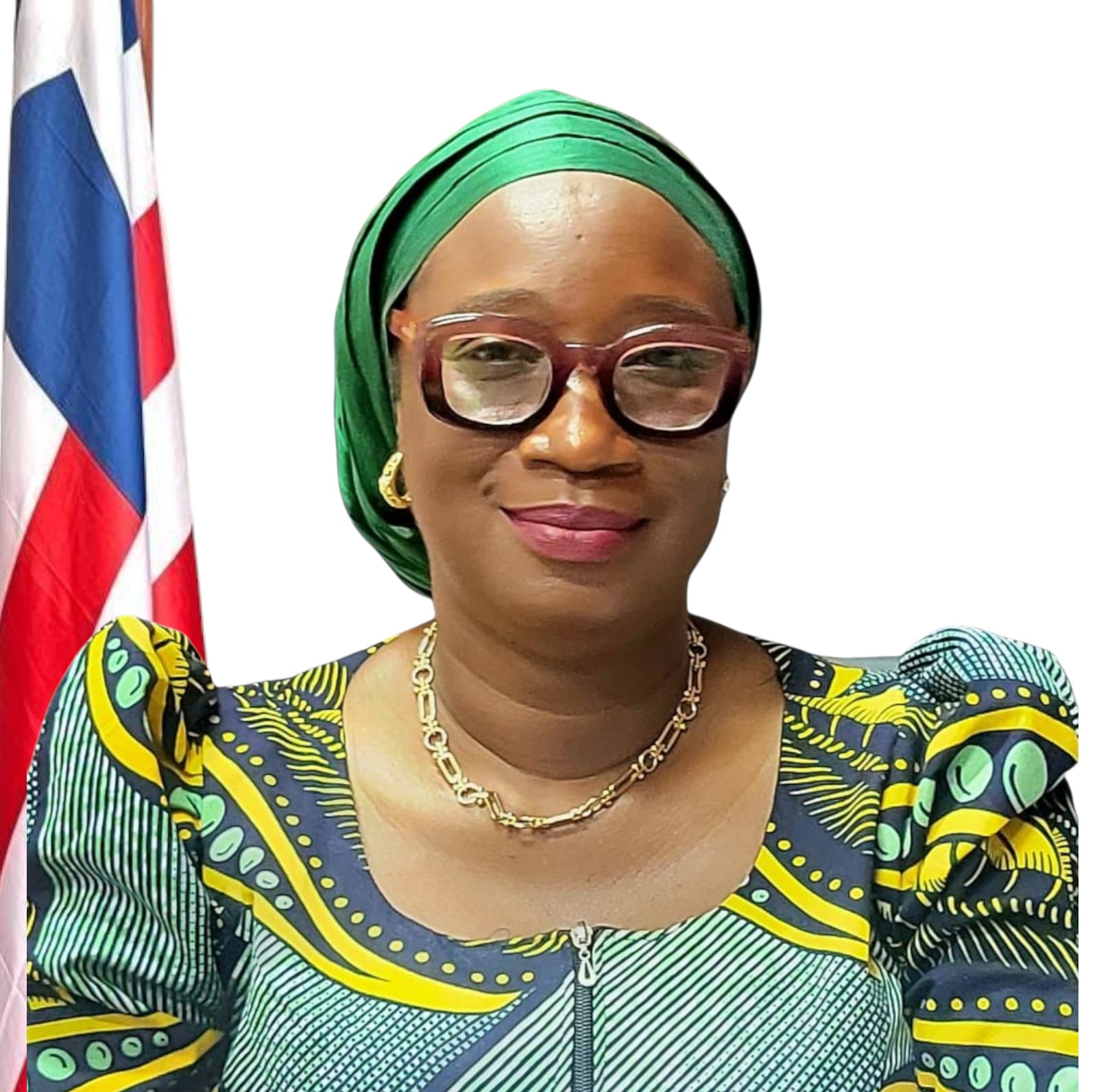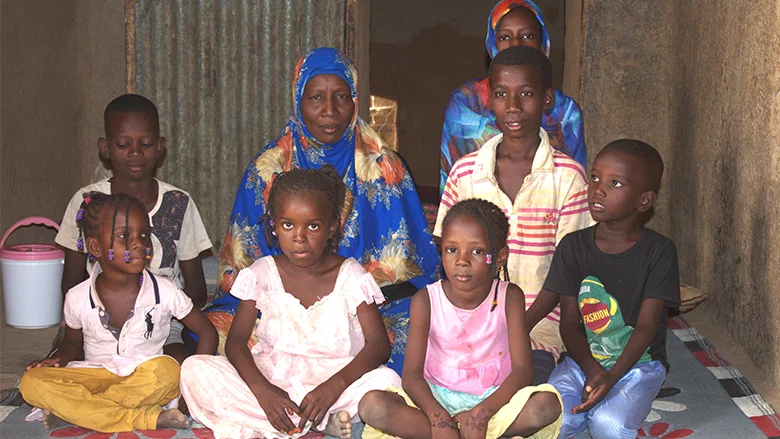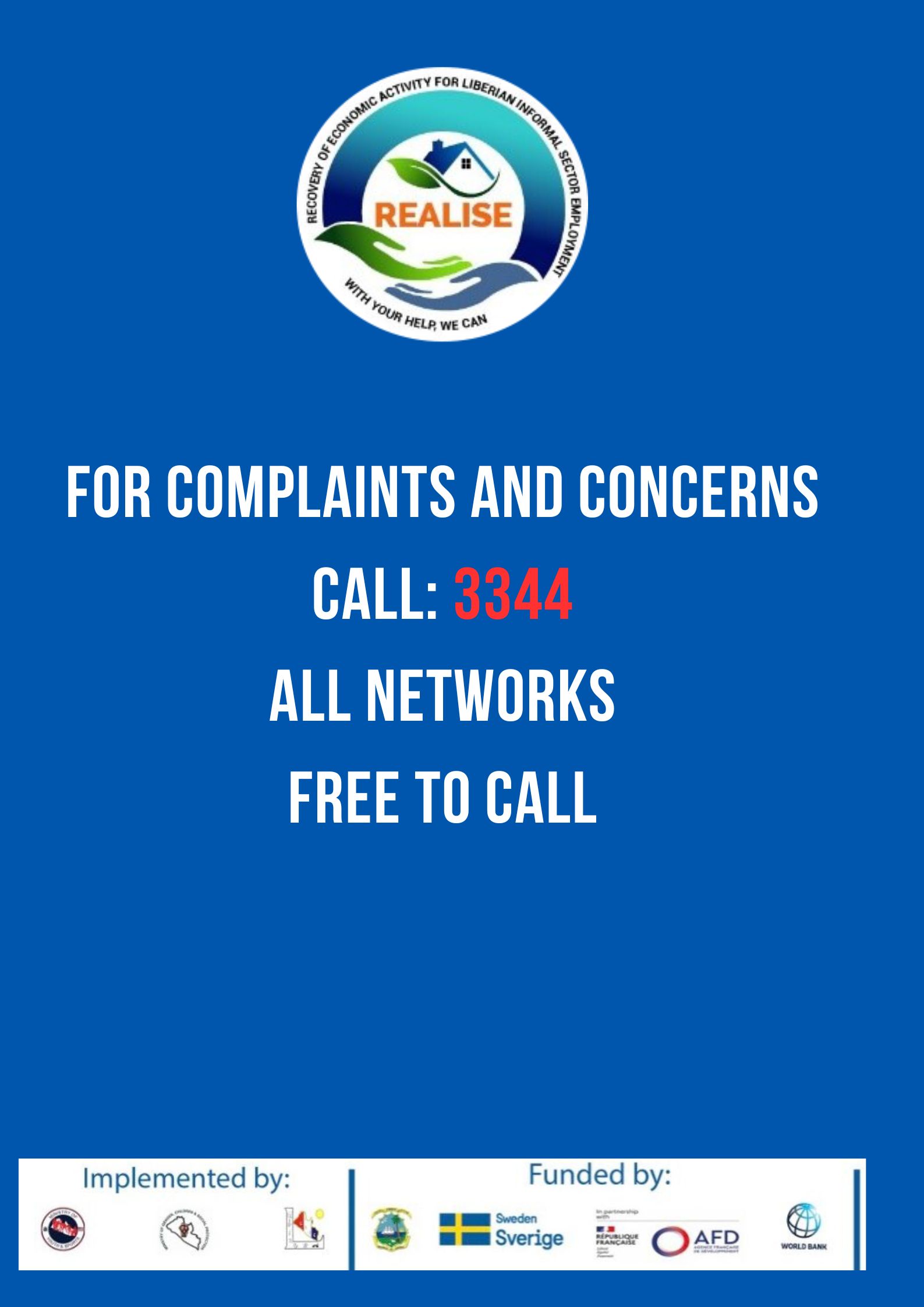In the heart of Liberia’s lush green forests, a quiet revolution is taking root. Communities that once had little influence over the fate of their natural resources are now stepping into leadership roles, thanks to a transformative initiative led by the Food and Agriculture Organization of the United Nations (FAO) and its partners. The Community-Based Forestry and Protected Area Management (CBFM) project goes beyond conservation—it empowers people, strengthens livelihoods, and preserves cultural heritage.
For generations, the forests of River Gee and Sinoe counties have sustained local communities, providing food, medicine, and shelter. Yet, the challenge of managing these resources sustainably has persisted. Today, with funding from the Government of Sweden, and in collaboration with the United Nations Development Programme (UNDP) and the Forestry Development Authority (FDA), FAO is helping rewrite this narrative. By supporting the creation of local governance structures and promoting sustainable forest management practices, the project is instilling a renewed sense of ownership and pride among residents.
A New Dawn for Forest Communities
Opayos Blawah, a resident of Kiteapo Forest Community in River Gee County, recalls the hardships his community faced before the initiative took root. Conflicts over land use, unclear leadership, and increasing threats to their forests left many feeling powerless.
“Before FAO and SDI came in, we were lost. We had no way to manage our forest properly, and there was always confusion among us,” Blawah says. “Now, we have a structured governing body, and we make the decisions about our land. This is a dream come true for us.”
The Sustainable Development Institute (SDI), one of the project’s key implementing partners, guided the community through a democratic election process to establish a forest governance body. With eight of the nine steps required for legal recognition now complete, Blawah and his fellow community members are close to achieving full autonomy over their forest.
Discovering the Forest’s True Value
For Gloria Pah, an elected member of the Community Assembly for Forest Governance, the CBFM project has been transformational.
“I used to see the forest as just trees and bushes,” she reflects. “But through trainings and workshops, I’ve learned that our forest holds incredible value—not just for us, but for the world. It provides clean air, medicine, and even opportunities for sustainable income.”
Pah now champions a balanced approach to forest use—reserving some areas for conservation and others for sustainable harvesting. “We need to live in harmony with the forest. We don’t want to destroy it, but we also need to survive,” she explains.
Hope and Challenges in Sinoe County
In the forest community of Sua, Sinoe County, optimism about the project runs high. Residents like Alvin W. Slah and Everlyn Winker view the initiative as a vital step toward sustainability. However, they acknowledge the hurdles that remain—particularly the challenge of uniting neighboring communities such as Nyanwlicken and Johnsonville under a single governance framework.
“We’re eager to complete all the necessary steps,” says Slah. “But we need more support to bring other communities on board. Some remain hesitant, but we’re hopeful that FAO and its partners will help bridge these gaps.”
Winker, while appreciative of the project’s impact, is concerned about delays caused by ongoing disputes. “We need FAO to step in and help fast-track the process. The longer we wait, the harder it becomes to unite everyone,” she says.
Beyond Forests: A Call for Broader Support
Although the CBFM project has made significant strides, residents also emphasize the need for additional development support. Access to healthcare is a particular concern. In Sua, the nearest hospital is located almost 300 kilometers away in Fishtown, River Gee County.
“We are grateful for everything FAO and its partners are doing,” says Pah. “But we also need support in other areas—like roads, schools, and health centers. Sustainable forest management is just one part of the bigger picture.”
A Future Rooted in Sustainability
As the project moves forward, one thing is clear—FAO’s commitment to empowering Liberia’s forest communities is yielding real results. By equipping local residents with the knowledge, tools, and legal frameworks to manage their forests, the CBFM initiative is laying a strong foundation for a more sustainable future.
“We are not just protecting trees,” Blawah says. “We are protecting our children’s future.”
With ongoing support and collaboration, the dream of thriving, self-sustaining forest communities in Liberia is steadily becoming a reality—one rooted in stewardship, resilience, and hope.
This story was originally written and owned by FAO Liberia
